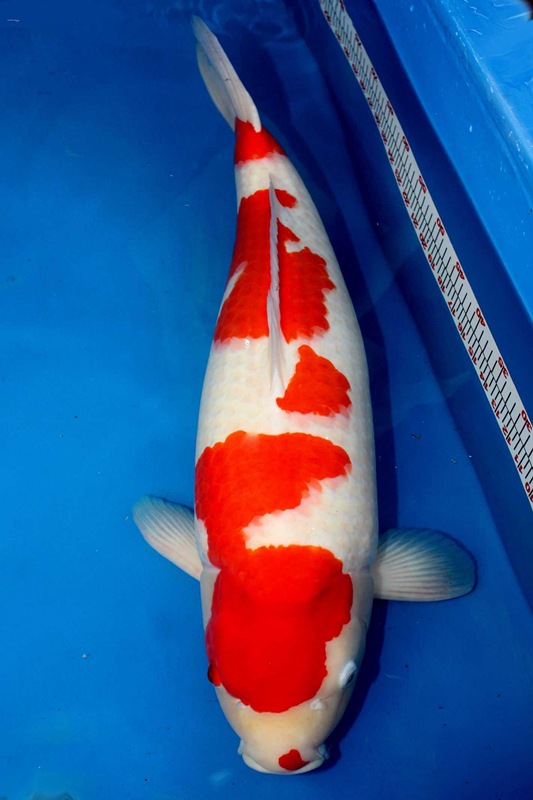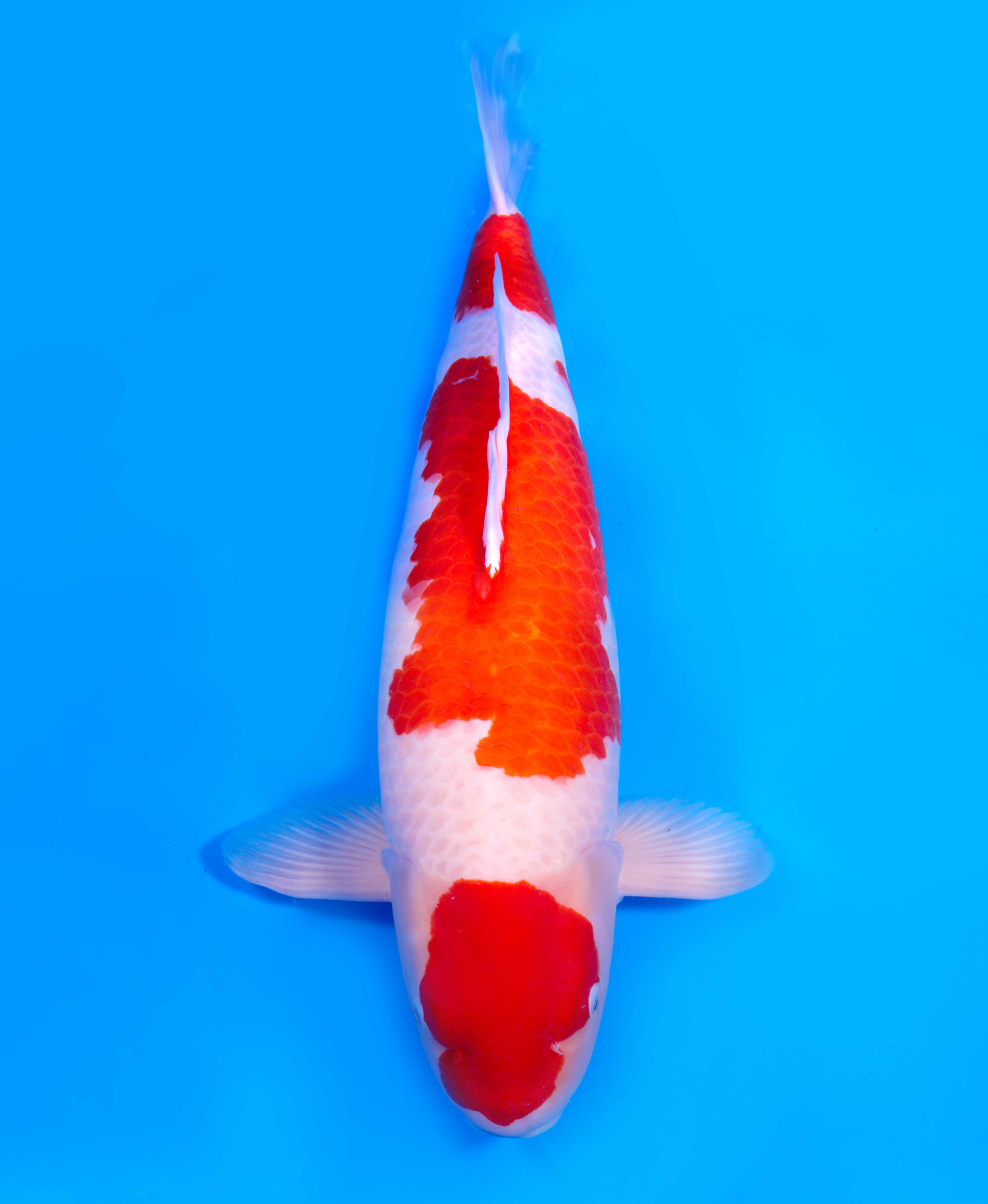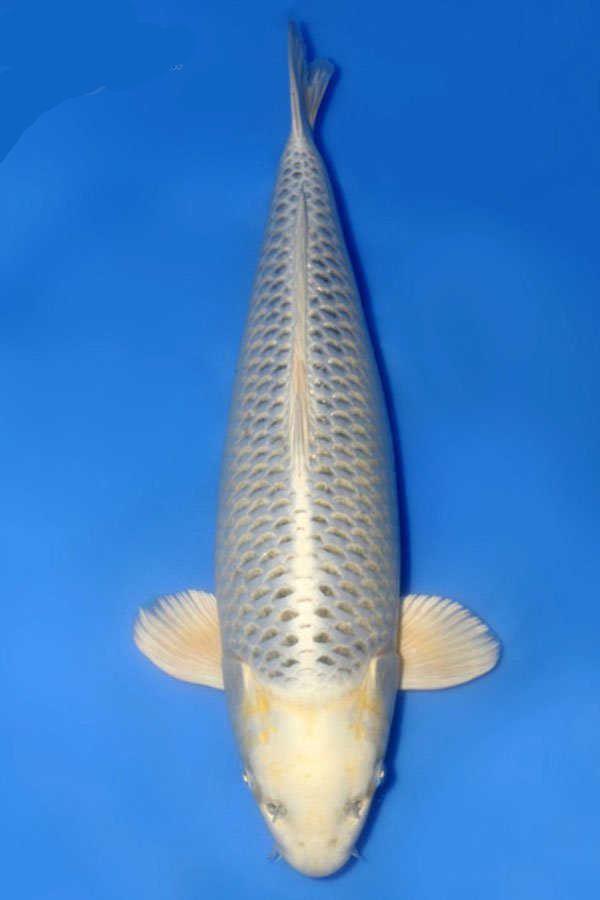Can the koi be fed when it is sick? salt can ease the burden on the internal organs of the koi.
Aquarium breeders, do you know that salt can ease the burden on the viscera of koi in koi breeding?
Secondly, talk about the osmotic pressure adjustment function of two items of koi. The so-called "osmotic pressure" refers to the difference in water concentration due to differences in salt concentration. Usually, when the salt concentration in the organism is different from that in vitro, the water flows from the low concentration to the high concentration, that is, if the salt concentration is high in the body, the water will seep in, and if the salt concentration in the body is low, the water will seep out from the body.

Freshwater fish inhabiting fresh water belongs to the former, while marine fish inhabiting sea water belongs to the latter.
Koi is a freshwater fish, so the pond water often seeps into the body, at this time the external water and the stench will seep into the body together, so it is often said that "freshwater fish have a foul smell of soil than marine fish." In this way, koi is often affected by osmotic pressure and the pond water will infiltrate into the body and must discharge this kind of water, which is called osmotic pressure adjustment function.
Koi urinate in order to expel water, so its kidneys are well developed. In other words, if the koi is in poor health, the micturition function (osmotic pressure adjustment function) has a burden, and salt is used to help urinate function at this time. Specifically, if the salt concentration in the fish pond is close to that in the brocade carp, the pond water does not infiltrate into the brocade carp, and the brocade carp does not have to urinate, which is to reduce the burden on the kidney. Its salt concentration is 0.5% (1 liter of water, 5 grams of salt), which is the usual concentration.
It is said that sick carp naturally move to the waters of the estuary, perhaps to adjust the osmotic pressure.
.
- Prev

Areas needing attention in koi culture, bell worm-parasite-koi disease and control-brocade carp-view
Bell worm (VORTICELLA), also known as bell worm, cup worm, tongue cup worm, is a common kind of fixed ciliates in water. The bell-shaped worm is thick and thin in front and back, cup-shaped or trumpet-shaped, about 100~400UM (UM micron unit, 1000 micron = 1 mm).
- Next

Do you know the common diseases of koi and how to improve the cure rate of brocade carp?
First, diligent observation, early treatment of brocade carp after being infected or invaded by pathogens, there are some signs, such as the slow movement of diseased fish, often slowly swimming on the surface of the water, not gathering, if there is alarm, after sinking slightly, it will surface. There are also some fish.
Related
- On the eggshell is a badge full of pride. British Poultry Egg Market and Consumer observation
- British study: 72% of Britons are willing to buy native eggs raised by insects
- Guidelines for friendly egg production revised the increase of space in chicken sheds can not be forced to change feathers and lay eggs.
- Risk of delay in customs clearance Australia suspends lobster exports to China
- Pig semen-the Vector of virus Transmission (4)
- Pig semen-the Vector of virus Transmission (3)
- Five common causes of difficult control of classical swine fever in clinic and their countermeasures
- Foot-and-mouth disease is the most effective way to prevent it!
- PED is the number one killer of piglets and has to be guarded against in autumn and winter.
- What is "yellow fat pig"? Have you ever heard the pig collector talk about "yellow fat pig"?

